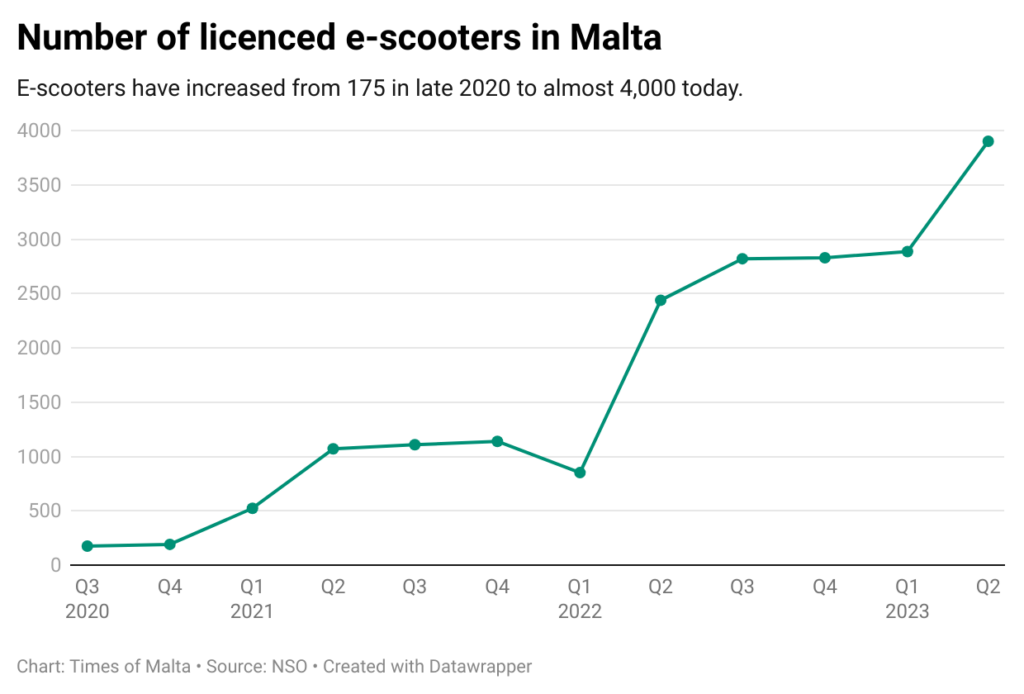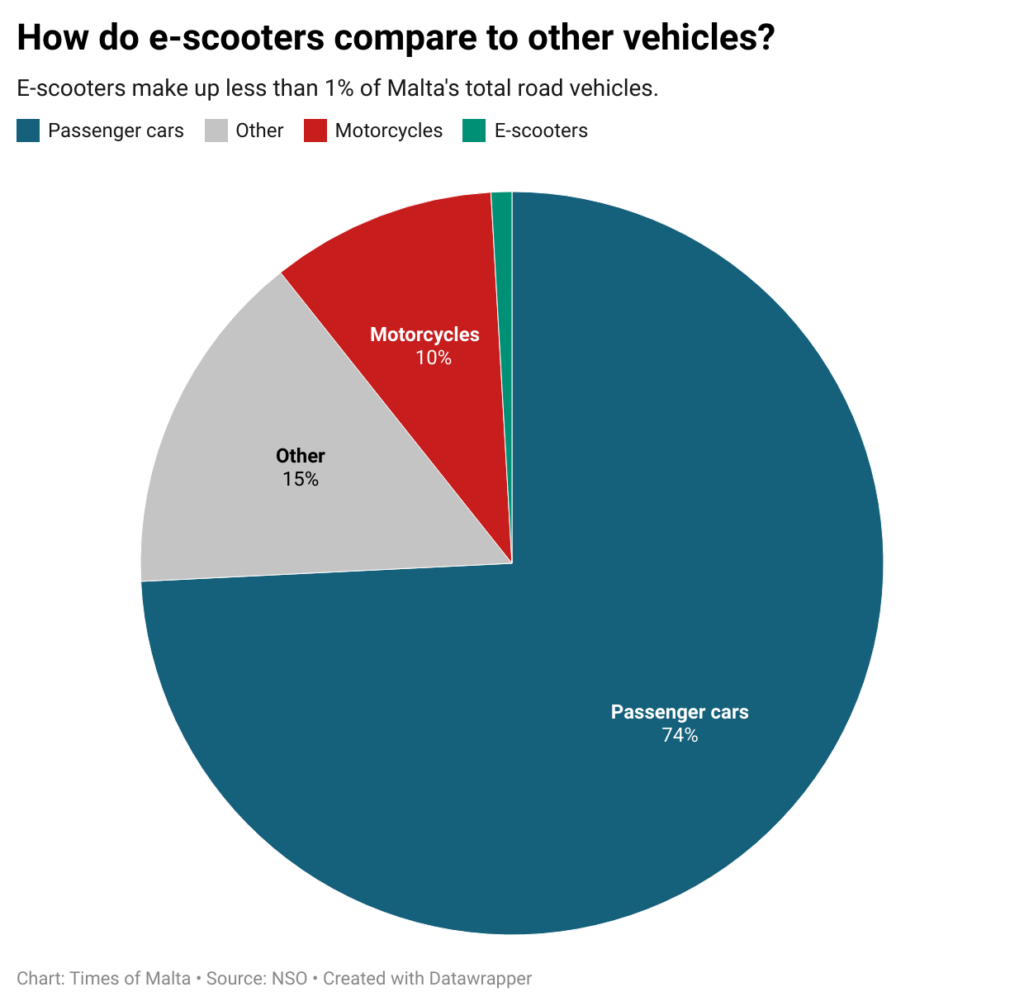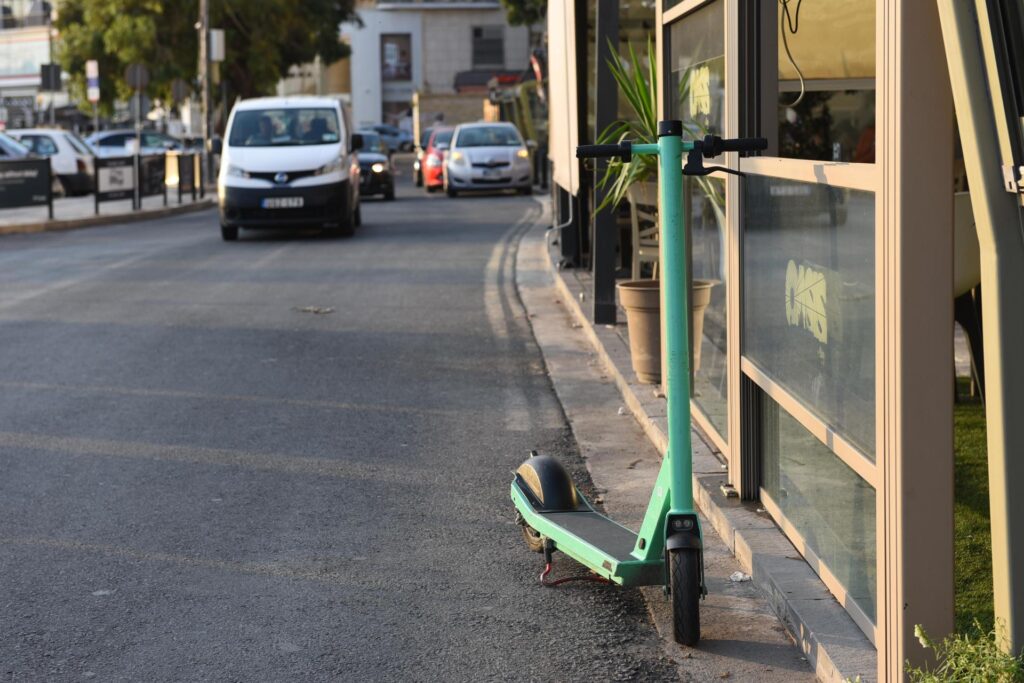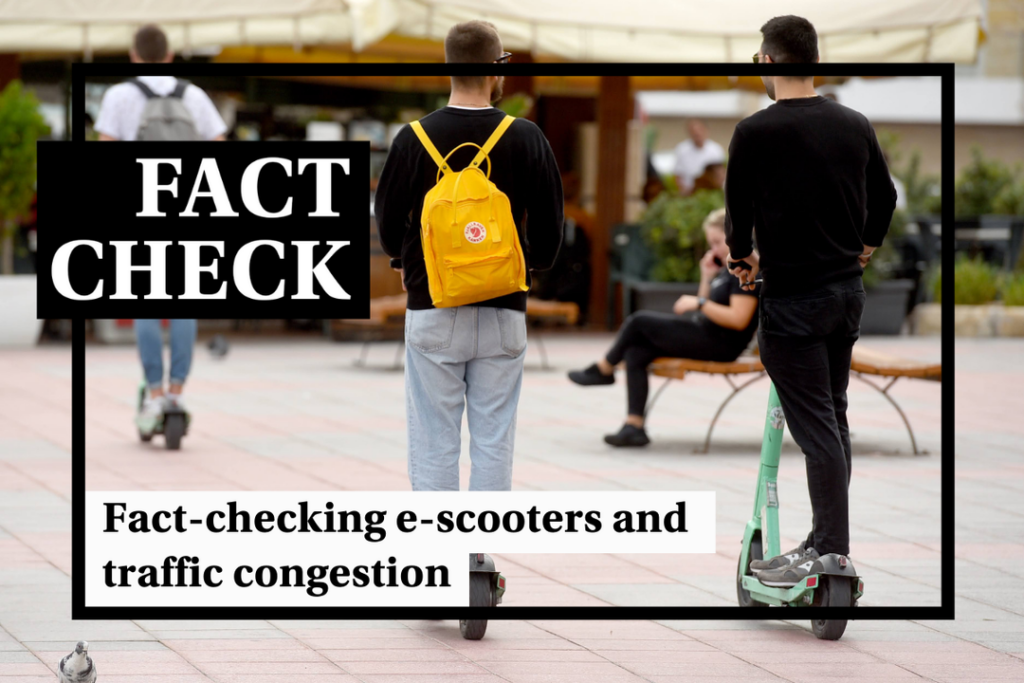Speaking to Times of Malta, the director of e-scooter rental company Bird, Roberto Pestana, warned that eliminating e-scooters from Malta would lead to more congestion and increase the number of cars on the road.
“You might wish to see fewer e-scooters because you don’t like them. But beware, because the fewer e-scooters, the more cars,” he said.
This is not the first time that this claim has been made, with micro-mobility vehicles such as e-scooters often being touted as a possible solution to congestion and traffic in urban areas around the world.
Several readers contacted Times of Malta over the past few days to express their scepticism over this claim.
E-scooters have faced public opprobrium ever since they were introduced to Malta, often infuriating residents and road users alike. Abandoned e-scooters blocking pavements, pathways and doorways have become a common sight, and authorities have struggled to crack down on illegalities.
E-scooter operators such as Pestana, on the other hand, say that developing adequate e-scooter infrastructure would help prevent many cases of abusive driving and parking that are being witnessed today.
How many e-scooters are on Malta’s roads?
As has happened elsewhere in Europe, the rise of e-scooters in Malta has been remarkably rapid.
NSO data shows that the first licensed e-scooters appeared in Malta in the summer of 2020, with 175 e-scooters suddenly appearing on Malta’s roads in the second half of that year.
Although e-scooters existed in Malta’s roads before then, their numbers only started being recorded once licensing became obligatory.
Malta’s e-scooter fleet grew almost tenfold by the following year and has continued to increase every month ever since.
The most recent official data shows that there were almost 4,000 e-scooters on the road by the midpoint of this year.

Rental companies dominate the market, with roughly 93% of all licensed e-scooters being rental vehicles and only just over 250 e-scooters being listed as privately owned.
Industry insiders are sceptical of this figure, arguing that most privately owned e-scooters go unregistered.
They partly blame this on an anomaly in Maltese law, which says that e-scooters can only be licensed if they have a maximum speed of 20km/h. Several e-scooters sold in local shops, however, go up to 25km/h, meaning they cannot be legally registered.
Despite the explosion in their popularity, e-scooters still make up a very small portion of all vehicles on Malta’s streets. If we go by official data, there is one e-scooter for every 100 passenger cars on the road and nine e-scooters for every 100 motorcycles.
This means that in total, e-scooters make up less than 1% of Malta’s overall road traffic.

Do e-scooters replace car trips?
They do in some cases, but this is not as straightforward as it seems.
According to the OECD and the International Transport Forum, the shift from car to e-scooter varies wildly from a relatively low 8% in France to some 50% in some US cities, with figures tending to be lower in Europe compared to North America.
Researchers say these differences are unsurprising, putting it down to different rates of car use in different countries or cities. In practice, they say, it is obvious that e-scooters are more likely to replace cars in the car-centric US than in several European cities, where car use is already limited.
Whether this would also be the case in Malta, where rates of car dependency are amongst the highest in the world, is less clear.

On the whole, e-scooter trips appear to be more likely to replace trips taken on foot than any other transport method, including cars.
However, studies suggest that not all e-scooter users are equal in this respect. One study in Vienna found that e-scooter trips “hardly ever” replace car trips for people renting e-scooters, but they often do for people who actually own an e-scooter.
In practice, if you are willing to forego your car for your commute or for other trips, you are more likely to buy an e-scooter than to rent one.
An analysis carried out by EY found that e-scooter commuter trips tend to increase over time, saying that “as a service matures, it is increasingly likely to be used for commuting purposes rather than leisure”.
This suggests that while the presence of rental e-scooters may not have a dramatic immediate impact on traffic reduction, building adequate infrastructure for e-scooters and incentivising their private purchase may well do so in the longer term.
Does removing e-scooters cause more traffic congestion?
International research suggests that this is mostly true.
Researchers in the US city of Atlanta compared data from before a ban on e-scooters to that after a ban was introduced, finding that daily commute times increased by some 10% and travel times to large events (such as sports events) swelled by a hefty 37%.
Likewise, a study in Seattle calculated that e-scooters can result in 10% “less severely congested” roads.

European research yields similar results. Researchers in Germany estimate that 10% of all vehicle trips “could be replaced by e-scooters”, while a recent study in the UK city of Bristol found that e-scooter travel times were a staggering 47% shorter than all other forms of transport, except for bicycles. The study also estimated that almost one in five e-scooter trips would have been taken by car if e-scooters were not available.
However, the Bristol study comes with a slight caveat. Although carried out by reputable experts from UCL’s Energy Institute, one of the leading research bodies in its field, the study was commissioned by e-scooter company Voi.
Verdict
The number of e-scooters has increased dramatically in recent years but remains a very small portion of Malta’s total road vehicle fleet.
International research suggests that e-scooters are more likely to replace trips that would have otherwise been taken on foot than those by car, especially in cases of rental e-scooters.
However, people who own e-scooters are quite likely to use them for trips instead of using a car, and the rate at which e-scooter trips replace cars increases over time, as people get more used to the idea of using them.
Furthermore, research shows that congestion and travel times have increased in places where e-scooters were banned or restricted.
The Times of Malta fact-checking service forms part of the Mediterranean Digital Media Observatory (MedDMO) and the European Digital Media Observatory (EDMO), an independent observatory with hubs across all 27 EU member states that is funded by the EU’s Digital Europe programme. Fact-checks are based on our code of principles.
Let us know what you would like us to fact-check, understand our ratings system or see our answers to Frequently Asked Questions about the service.





